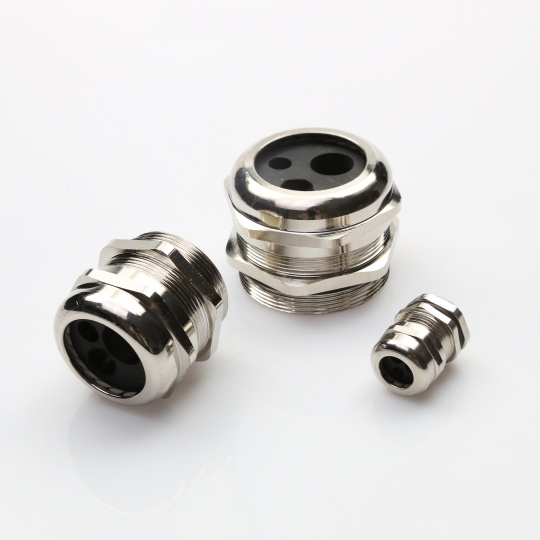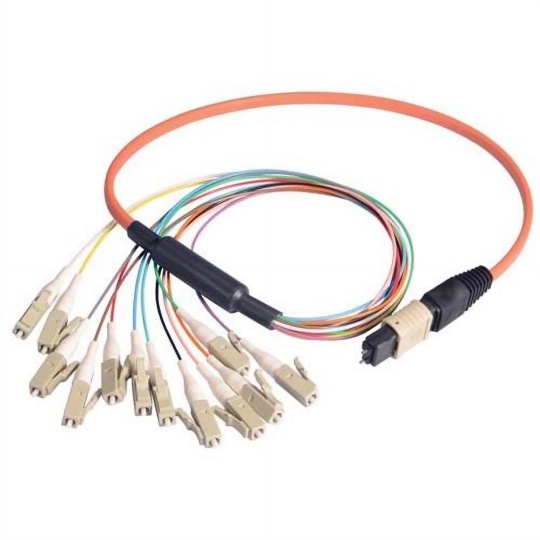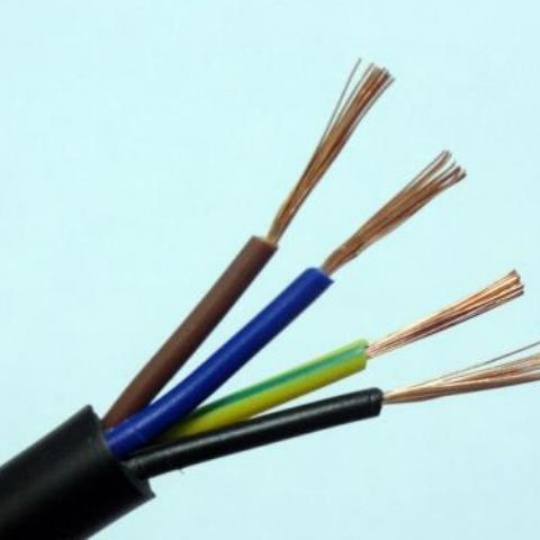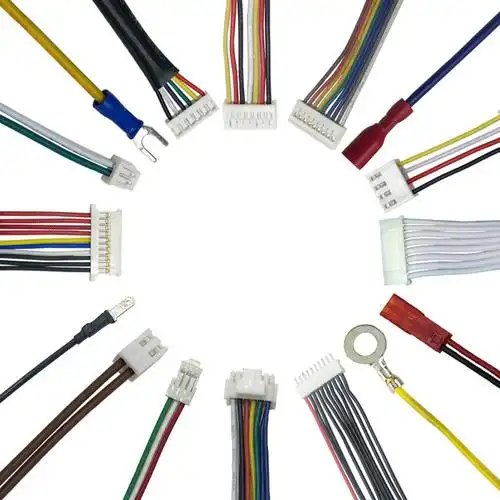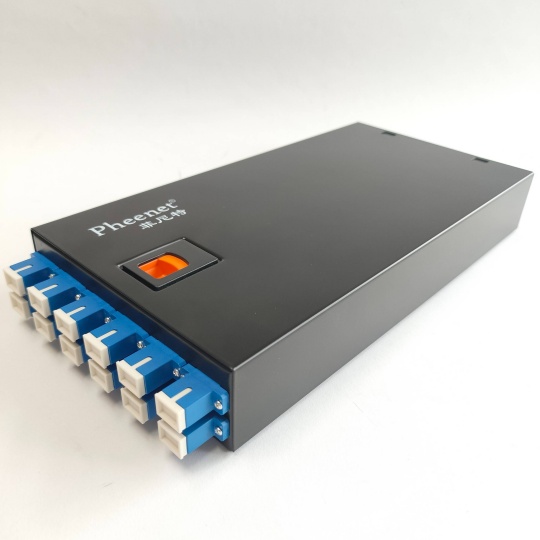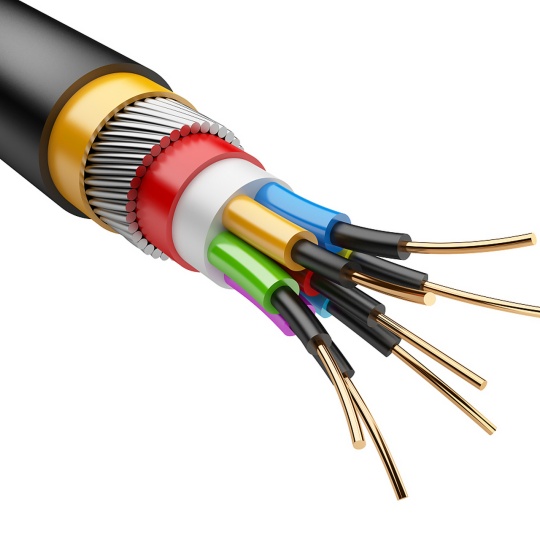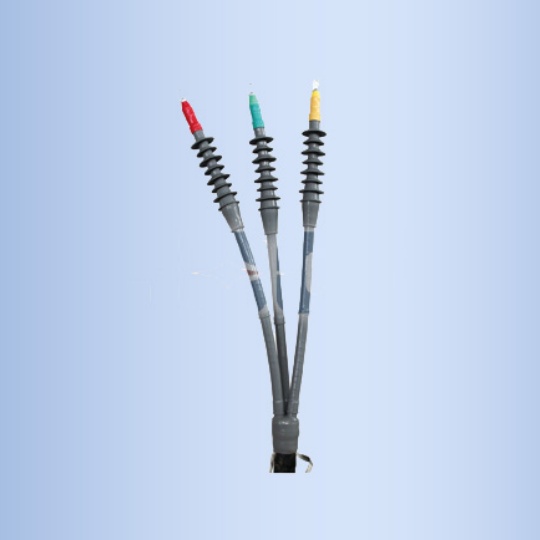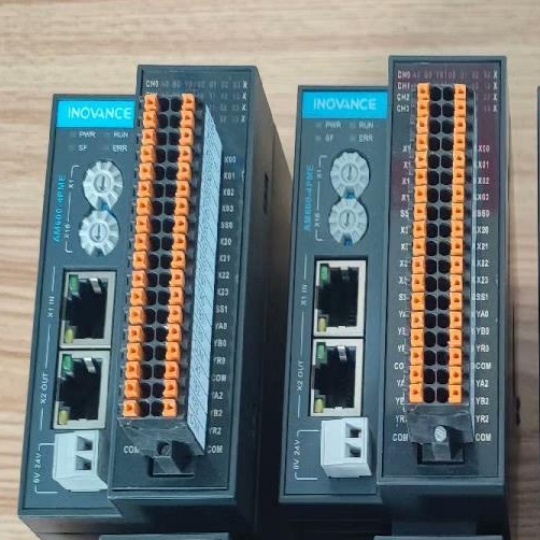How to Diagnose Insulation Failure in Cable Assemblies
Introduction
Insulation failure in cable assemblies is a critical issue that can lead to equipment damage, safety hazards, and costly downtime. Whether you’re working with industrial machinery, automotive systems, or renewable energy setups, diagnosing insulation problems early is essential. This guide provides actionable steps to detect insulation failure, the tools you’ll need, and strategies to prevent future issues.
What Causes Insulation Failure?
Before diving into diagnostics, understanding common causes helps narrow down the problem:
- Environmental Stress: Exposure to moisture, extreme temperatures, or chemicals.
- Mechanical Damage: Abrasion, bending, or crushing during installation or operation.
- Age and Wear: Degradation over time due to thermal cycling or UV exposure.
- Manufacturing Defects: Poor material quality or improper insulation thickness.
Key Symptoms of Insulation Failure
Look for these warning signs:
- Unexpected Electrical Shocks
- Leakage current due to compromised insulation.
- Short Circuits or Tripped Breakers
- Exposed conductors making unintended contact.
- Inconsistent Performance
- Voltage drops, signal interference, or erratic equipment behavior.
- Visible Damage
- Cracks, discoloration, or swelling in the cable jacket.
- Burning Smell or Smoke
- Immediate red flag indicating severe insulation breakdown.
Tools for Diagnosing Insulation Failure
- Insulation Resistance Tester (Megohmmeter)
- Measures resistance between conductors and ground. Low readings (<1 MΩ) indicate leakage.
- Follow IEEE 43 or IEC 60364 standards for testing.
- Multimeter
- Checks for continuity and voltage leaks.
- High-Pot (Hipot) Tester
- Applies high voltage to test insulation integrity under stress.
- Thermal Imaging Camera
- Detects hotspots caused by insulation breakdown.
- Partial Discharge Detector
- Identifies localized discharges in medium/high-voltage cables.
Step-by-Step Diagnosis Process
Step 1: Visual Inspection
- Check for physical damage, corrosion, or environmental exposure.
- Inspect connectors and terminations for signs of arcing or overheating.
Step 2: Insulation Resistance Testing
- Disconnect the cable from power sources.
- Use a megohmmeter to test between conductors and ground.
- Compare results with manufacturer specifications (typically >100 MΩ for low-voltage systems).
Step 3: Hipot Testing (If Applicable)
- Apply a high voltage (e.g., 2x operating voltage) to simulate stress.
- Monitor for breakdowns or excessive leakage current.
Step 4: Thermal Imaging
- Scan the cable under load to identify hotspots caused by insulation weakness.
Step 5: Partial Discharge Analysis
- For high-voltage systems, use specialized detectors to locate partial discharges.
Preventing Insulation Failure
- Regular Maintenance
- Schedule routine insulation resistance tests (annually or per OEM guidelines).
- Environmental Protection
- Use UV-resistant, waterproof, or armored cables in harsh conditions.
- Proper Installation
- Avoid sharp bends, tension, or pinching during routing.
- Quality Materials
- Choose cables rated for your application (e.g., XLPE for high temperatures).
When to Replace vs. Repair
- Replace if insulation resistance is irreversibly low or physical damage is severe.
- Repair minor damage with heat-shrink tubing or liquid insulation, but only for low-risk applications.
FAQ Section
Q: Can insulation failure cause fires?
A: Yes. Arcing or overheating due to insulation breakdown is a leading cause of electrical fires.
Q: How often should I test cable insulation?
A: Annually for critical systems, or after exposure to extreme conditions.
Q: Can I test insulation without disconnecting the cable?
A: Some advanced testers allow online monitoring, but offline testing is more accurate.
Q: Is DIY repair safe for insulation damage?
A: Only for low-voltage, non-critical applications. For high-voltage systems, consult a professional.


